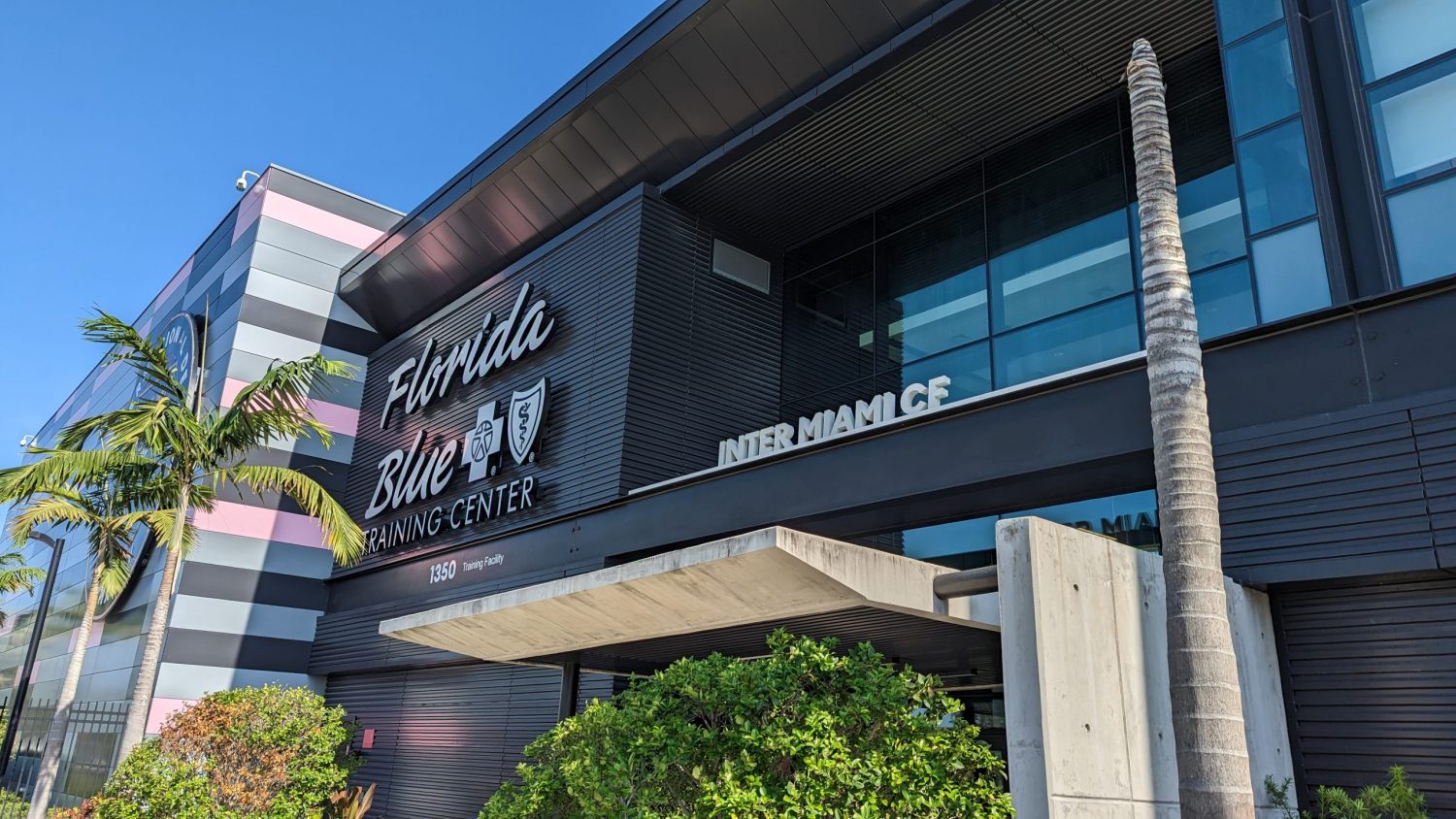I’ve always believed that knowledge shouldn’t be locked behind some paywall out of access to whoever needs it. Because of that, I have done a lot of outreach and engagement work over the years.
I have worked with the Chartered Society of Forensic Sciences (our professional body) for many years now, and am delighted to be the current President. We have around 3,500 international members and our remit is to represent the forensic and crime scene sciences in policy and practice discussions. Through this work I have the privilege to engage with universities, industry, the police and judiciary, and the Home Office. We also have an important role in supporting the development of high quality forensic practice overseas.
Earlier in my career, I was able to go on a number of forensic deployments to various parts of the world. Naturally I have worked in a significant number of contexts in the UK. Now, I find myself offering support around workforce development and training overseas, often sitting in the middle of a Venn diagram of legal experts, policy makers, forensic practitioners and the public. Perhaps most excitingly, I have even been involved in a little work with NASA.
I also provide advice and support to a number of humanitarian bodies, including the European Human Rights Advocacy Centre and the Georgian Recovery, Documentation, and Identification Project. Through this work, I have presented evidence to the Council of Europe, Strasbourg and the House of Lords Science and Technology Committee.
More recently I have been supporting the efforts of health tech companies, particularly around the development and utilisation of digital healthcare solutions. I am very interested in the application of digital solutions and have also worked with a number of universities in this space.
One of the most fun things I get to do is provide scientific and forensic advice to the creative industries. My usual contribution is to answer questions that go something along the lines of “What would happen to a body if this happened..?” or “Where is the best place to dump a body..?” or “Can a person explode..?”. In this regard, I’ve given talks to the Crime Writers’ Association, as well as provided bespoke support to authors. I always love it when I don’t actually know and have to do a delve into the literature myself. It’s lovely to see the teeny tiny scientific contribution I’ve made make it into the story in some way – such as in the works of the brilliant (and very modest) multi-million selling thriller author Simon Beckett, or others like Tom Harper and Robin Stevens.
Most recently I have been lucky to work with the brilliant team who have adapted the books of Simon Beckett for the Paramount+ show, The Chemistry of Death. Here I helped out with everything from anthropological practice to how the props and special effects look. It is an unbelievable amount of fun.
I’ve helped out with odd and very specific questions on other TV shows too (I remember a series of late night calls with those making CSI: Cyber (remember that..?) and MacGyver, the new version, not the original with the magnificently coiffured Richard Dean Anderson). I’ve also hosted the brilliant visual artist Eric Fong, who joined us as a Leverhulme Trust Artist in Residence to explore objectivity in forensic and crime scene science.
Finally, I’ve also supported the work of game makers too, both video and cardboard.
If you think I can help you in some way, just drop me a line.
